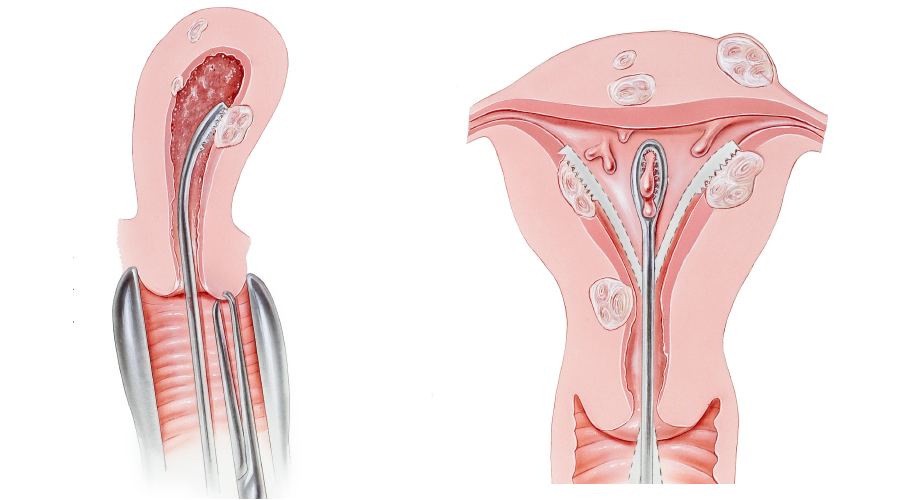
+91 8050325050

Hysteroscopic septal resection is a minimally invasive surgical procedure used to correct a uterine septum—a congenital anomaly where a fibrous or muscular band divides the uterine cavity. This condition is a common cause of recurrent miscarriages, infertility, and abnormal uterine bleeding. By removing the septum, the procedure improves the chances of successful pregnancy and enhances overall uterine health.
This procedure is recommended for women experiencing:
A uterine septum is typically diagnosed through imaging techniques like ultrasound, MRI, or hysterosalpingography (HSG) before confirming with hysteroscopy.
Hysteroscopic septal resection is a day-care procedure performed without external incisions. The steps include:
Although rare, complications can occur. Seek medical help if you experience:
Hysteroscopic septal resection is a safe and effective procedure that corrects a uterine septum, improving fertility outcomes and reducing pregnancy-related risks. It plays a crucial role in reproductive health for women with congenital uterine anomalies.
For expert care, Dr. Apoorva Pallam Reddy provides advanced diagnostic and surgical solutions tailored to each patient’s needs, ensuring optimal outcomes in fertility and uterine health.
#72 TSN arcade, 1st floor, 28th main, Jayanagar 9th block, Bangalore.
25, 46th Cross, Raghavendra Swamy Mutt, 5th Block, Jayanagar, Bengaluru 560011